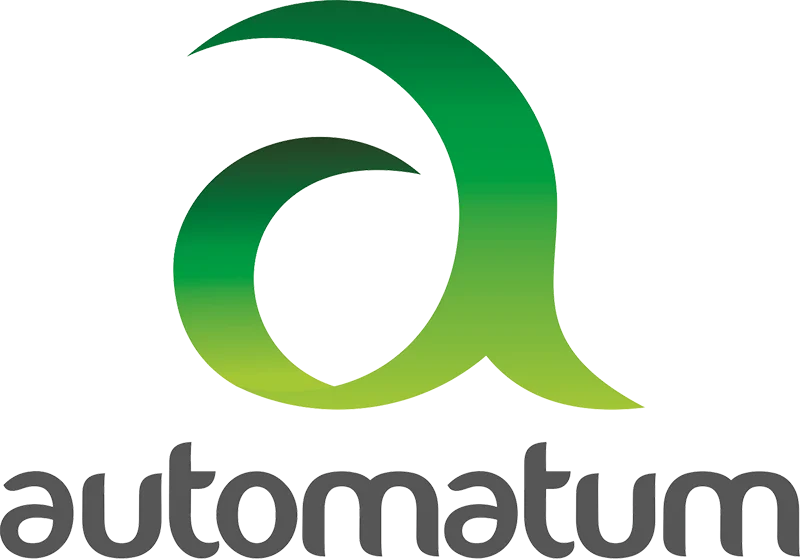The Journey to Native Cloud has begun
There are many factors that influence decision making to migrate applications and databases to the cloud, but the most frequent are: disaster recovery, scalability, flexibility, reliability and agility that this environment provides.
Many sectors of the economy already have all or nearly all of their IT assets in the cloud. The Telecom sector on average has 70% in the cloud. Currently, many companies already use public cloud in their environments, obviously with all the care and best practices of information security.
In this context, the concept of Native Cloud arises. What differentiates this type of cloud from others is basically 3 elements:
• massive use of application containers,
• microservices and
• centralized orchestration.
In the case of Telecom, it means leveraging the use of programmable infrastructure and APIs as the main mechanisms of interaction with the infrastructure.
It is important to have an architecture conceptually prepared to use Native Cloud, in this sense the “Open Digital Architecture” object of our last article already incorporates the above concepts for communication between the various layers that make up this architecture.
The figure below shows the stages to reach Native Cloud

We can summarize the journey to Native Cloud deployment in 7 key steps:
1. Decompose and organize applications into containers;
2. Use containers to run and manage these applications;
3. Adapt applications and use containers to ensure autoscaling and auto healing;
4. Implement a CI/CD (Continuous Integration and Continuous Delivery DevOps) pipeline;
5. Replace proprietary/cloud-incompatible software with manageable and native cloud products;
6. Use open architecture methodologies;
7. Allow fully manageable and productized SaaS (Software as a Service) models
Several companies are already in advanced stages of adoption of Native Cloud, this requires significant investments for the re-architecture of their products compatible with Native Cloud.
For the success of this transformation, organizations need to consider some disciplines:
• Culture: it is necessary to develop a Native Cloud Culture that defines and establishes native cloud-oriented behaviors, beliefs, ethics, values and focus on innovation;
• Talents: investment needed to train current staff. Identify and hire new talent with the necessary native cloud profiles;
• Leadership: building leadership and governance in Native Cloud;
• Budget: Budget control for the Native Cloud transformation must be centralized and located within the unit that is responsible for implementing the Native Cloud architecture, strategy and infrastructure
Conclusion
We can summarize the discussion of Native Cloud in two aspects: Technology and Other Aspects.
As for Technology, the adoption of Native Cloud is not simply moving applications to a cloud infrastructure. There has to be a commitment to re-architecture and change the way you think about how you build and deploy the functional components. As already mentioned, applications need to be managed by containers and intensive use of microservices.
As for Non-Technology Aspects, we can summarize that the Native Cloud culture is absolutely critical and needs to be built, as well as re-equipping and bringing in the right skills is a mandatory condition for the success of your Native Cloud deployment journey.

 Português
Português Español
Español
